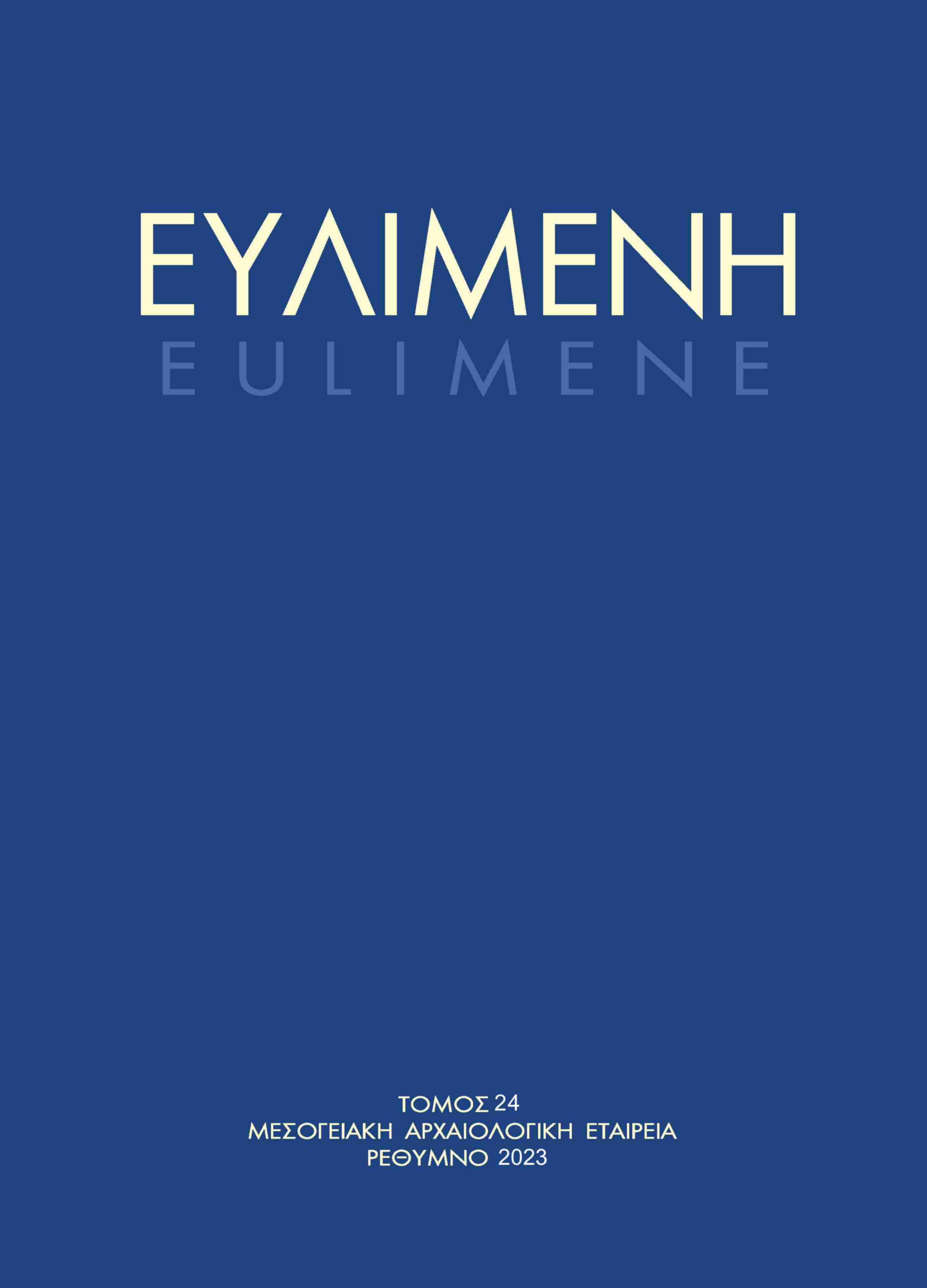Natural and anthropogenic damage in the archaeological sites of Kymissala, Rhodes

Abstract
The ancient Deme of the Kymissaleis is located in the area of Kymissala, Rhodes, and extends between Mount Akramitis and the shore, along the estate districts of the modern villages of Sianna and Monolithos. It is an extensive geographical archaeological site, which covers an area of about 10,000 acres, with multiple interconnected fields including rural settlements and urban planning, fortresses, an acropolis, graveyards and burial monuments that reflect social stratifications and establishments, as well as a variety of other sites and monuments in a vast chronological period, starting from the late Mycenaean period until Late Antiquity.
The archaeological landscape of Kymissala has been affected by various natural and man-made disasters over the centuries. Earthquakes and vegetation are the main natural factors of destruction of the area, while, in terms of anthropogenic factors, the looting of antiquities, the use of land through intensive cultivation, beekeeping and animal husbandry, construction activities and the reuse of building materials have altered or destroyed largely the archaeological sites. During the past 18 years or work, the Kymissala Archaeological Research Project has taken various measures to prevent the cultural and ecological destruction of the area.
##plugins.themes.ekt-hometheme.article.details##
- Fascicolo
- EULIMENE 24 (2023)
- Sezione
- Articles
- Categorie

Questo lavoro è fornito con la licenza Creative Commons Attribuzione - Non commerciale - Non opere derivate 4.0 Internazionale.
The copyright for articles in this journal is retained by the author(s), with first publication rights granted to the journal. Authors who submit articles to this journal confirm that third-party intellectual property rights are not violated in any way. By virtue of their appearance in this open access journal, articles can be used freely, with proper attribution, for educational and other non-commercial purposes. The Mediterranean Archaeological Society retains the right to publish papers that appear in EULIMENE in any form, including electronic, the journal may assume in the future. It also retains the right to deposit articles published in EULIMENE in its repository.





